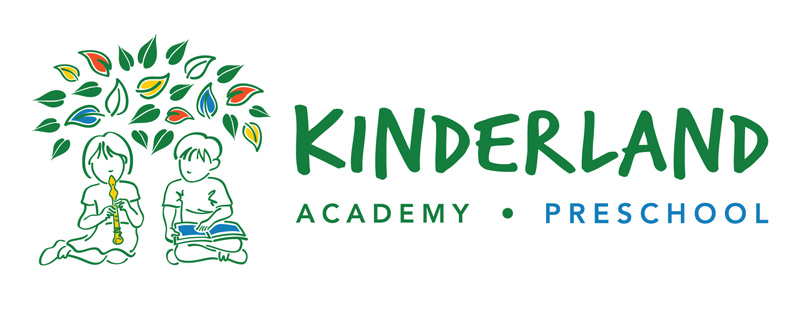
At Kinderland, we have a certified in-house nutritionist planning meals for the children’s wellness and immunity.
Watching your child grow is a journey filled with wonder, discovery, and many small victories. Nutrition plays a vital role in early childhood development, encompassing not only what children eat, but also how they eat and how their dietary needs evolve over time. Understanding feeding patterns during infancy and early childhood helps you nurture your child’s health and development with confidence and care. Below is a helpful overview of feeding patterns by age:
Understanding Feeding Patterns in the Early Years
| Age | Food Consumption | Nutrition | Hunger Cues | Satiety Cues |
|---|---|---|---|---|
| 0–6 months | Fully breastmilk or formula-fed. | Provides all essential nutrients for growth. Solids or water are not needed. | Sucks on fists, fusses and cries, moves head toward spoon. | Turns head away, closes mouth. |
| 7–9 months | Introduce purees, soft solids; continue milk. Tries to grasp food and self-feed. |
Weaning foods offer new nutrients. Avoid sugar and seasoning. Small sips of water can begin. | Reaches for or points to food, opens mouth. | Pushes food away, closes mouth. |
| 10–12 months | Eats chopped food with hands, uses Sippy cup. | Texture and variety increase. Nutrient diversity is key. | Shows excitement, uses gestures or sounds. | Eating slows down, and hand motions or sounds are used. |
| 13–23 months | Eats most family foods, uses utensils. Introduce full cream cow’s or fortified plant milk. | Balanced meals and milk support strong bones and development. Light seasoning may be introduced. | Start to sound the food name or use words. | Shakes head and says “no”. |
| 2–5 years | Eats independently; develops preferences. | A balanced diet is essential. Limit sugar and monitor sodium. | Typically communicated verbally or with gestures. | |
Every child is unique, and feeding developments may vary. Exclusive breastfeeding or infant formula is recommended until around 6 months old. After which, introducing solid foods gradually supports oral motor skills such as chewing and swallowing. After 12 months, children can transit to whole cow’s milk or fortified plant-based milk. Continued use of formula milk is generally unnecessary unless advised by a healthcare provider.
Nutrition and feeding are closely interconnected and play a crucial role in supporting your child’s growth, development, and emerging independence. Staying informed about nutrition and being mindful of your child’s eating patterns lays a strong foundation for a healthy relationship with food that can last a lifetime. By tuning in to your child’s hunger and fullness cues, you are helping them to listen to their body.
Celebrate every bite and every milestone, each one is a step on their amazing journey!
References
Centers for Disease Control. (11 Dec 2024). Signs Your Child Is Hungry or Full. Infant and Toddler Nutrition. CDC.
Health Promotion Board. Childhood-Healthy-Diet. HPB.
Health Promotion Board. The-Beginners-Guide-To-Taking-Care-of-Your-Baby-0-6-Months. HPB.
Health Promotion Board. Healthy Meals in Preschool Programme. HPB.
National Health Service. (2023, April 6). Types of formula milk. NHS.


